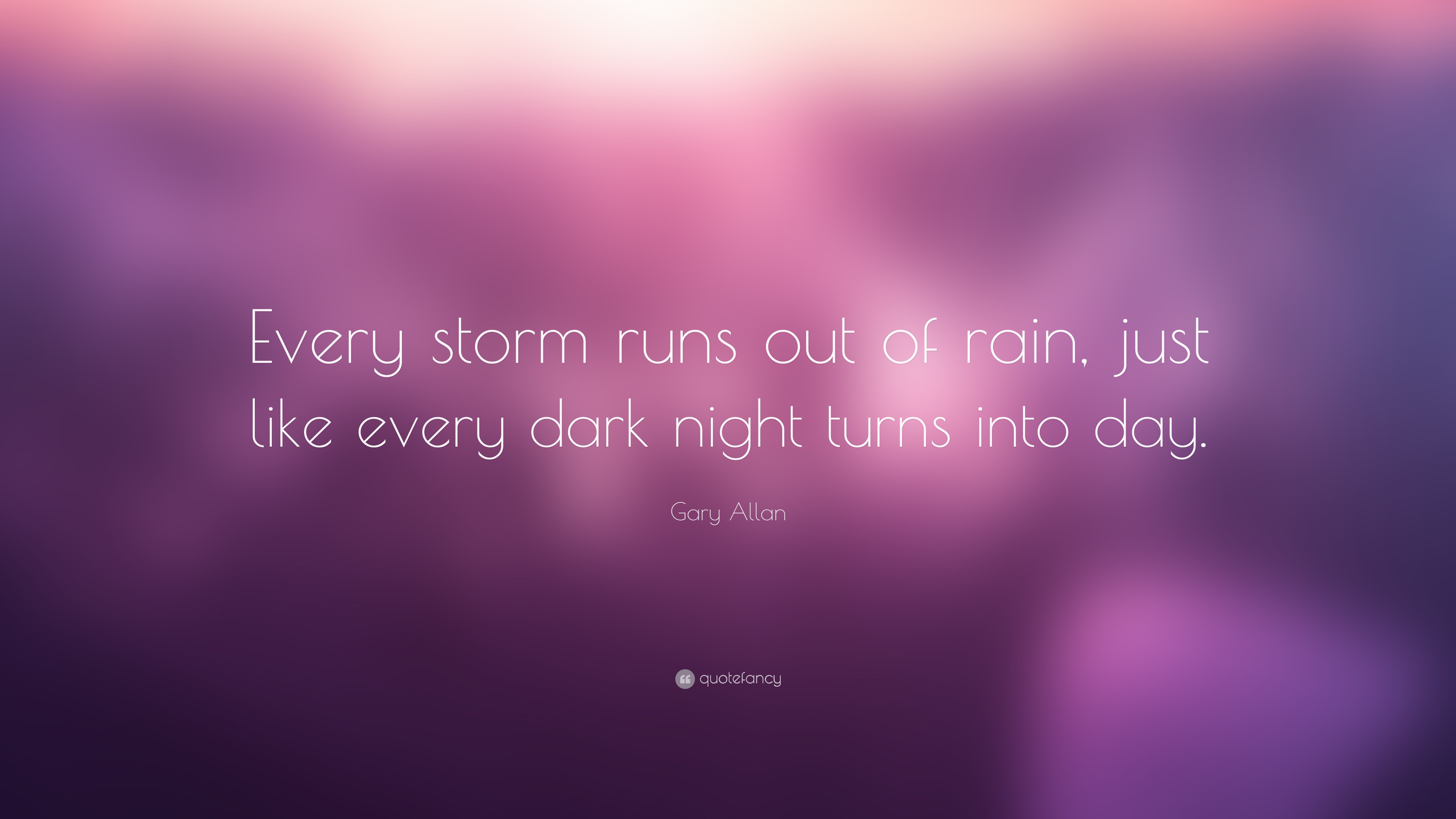

Some suggestions for dealing with DHCP-related broadcast storms: But in normal cases, having a continuous stream of broadcast packets in a network segment or from a specific host is suspicious.


A storm of broadcast packets is sometimes expected behavior-for example, when a network is brought back online after an outage and all clients are attempting to negotiate an IP address. This is DHCP at work.ĭepending on how things are configured, DHCP may be sent as broadcast or unicast (one-to-one) packets. Aside from clicking “I agree” to a legal disclaimer or entering in some credentials, you don’t need to worry about statically assigning yourself an IP address. Think about when you take your laptop to a coffee shop and hop on WiFi. The Dynamic Host Configuration Protocol (DHCP) is the most common way for a networked host to obtain an IP address from a network controller.
#Storm it out tv#
Think back to the old days of watching TV using rabbit ears. Anycast is considered similar to multicast, but packets will be delivered to only one random host, instead of the entire group. There are three types of packet: broadcast, multicast, and unicast. When this happens, network performance degrades. They can overwhelm switches and endpoints as they struggle to keep up with processing the flood of packets. What’s a broadcast storm?Ī broadcast storm is an abnormally high number of broadcast packets within a short period of time. Let’s talk a bit about what they are, what causes them, and what steps you can take to eliminate sources of broadcast storms on the networks you manage. Broadcast storms are a major pain point for network administrators.


 0 kommentar(er)
0 kommentar(er)
